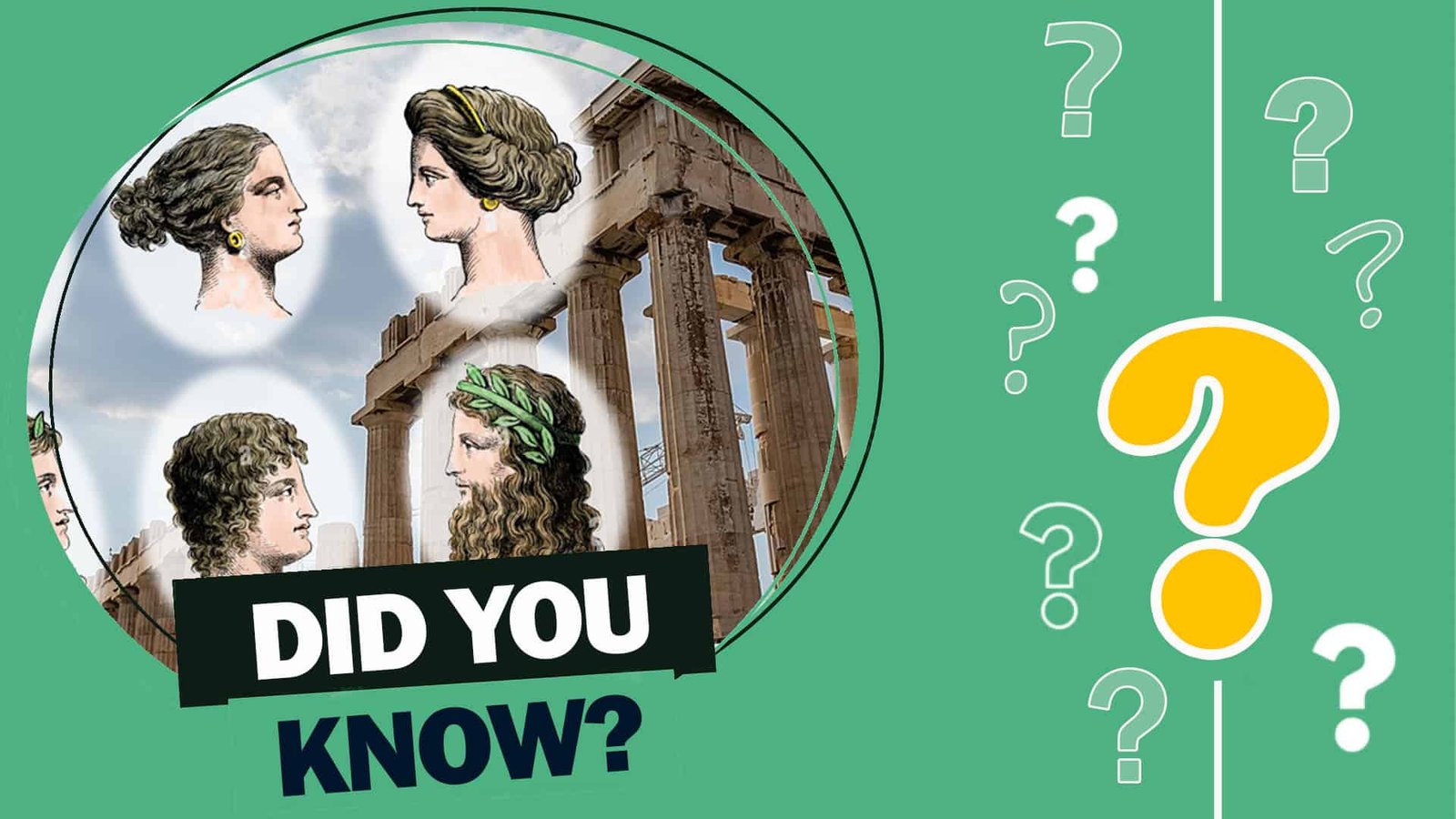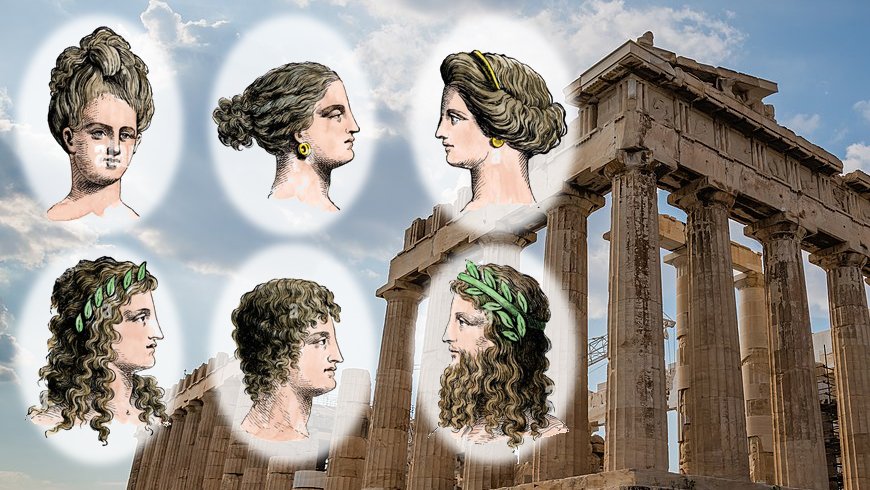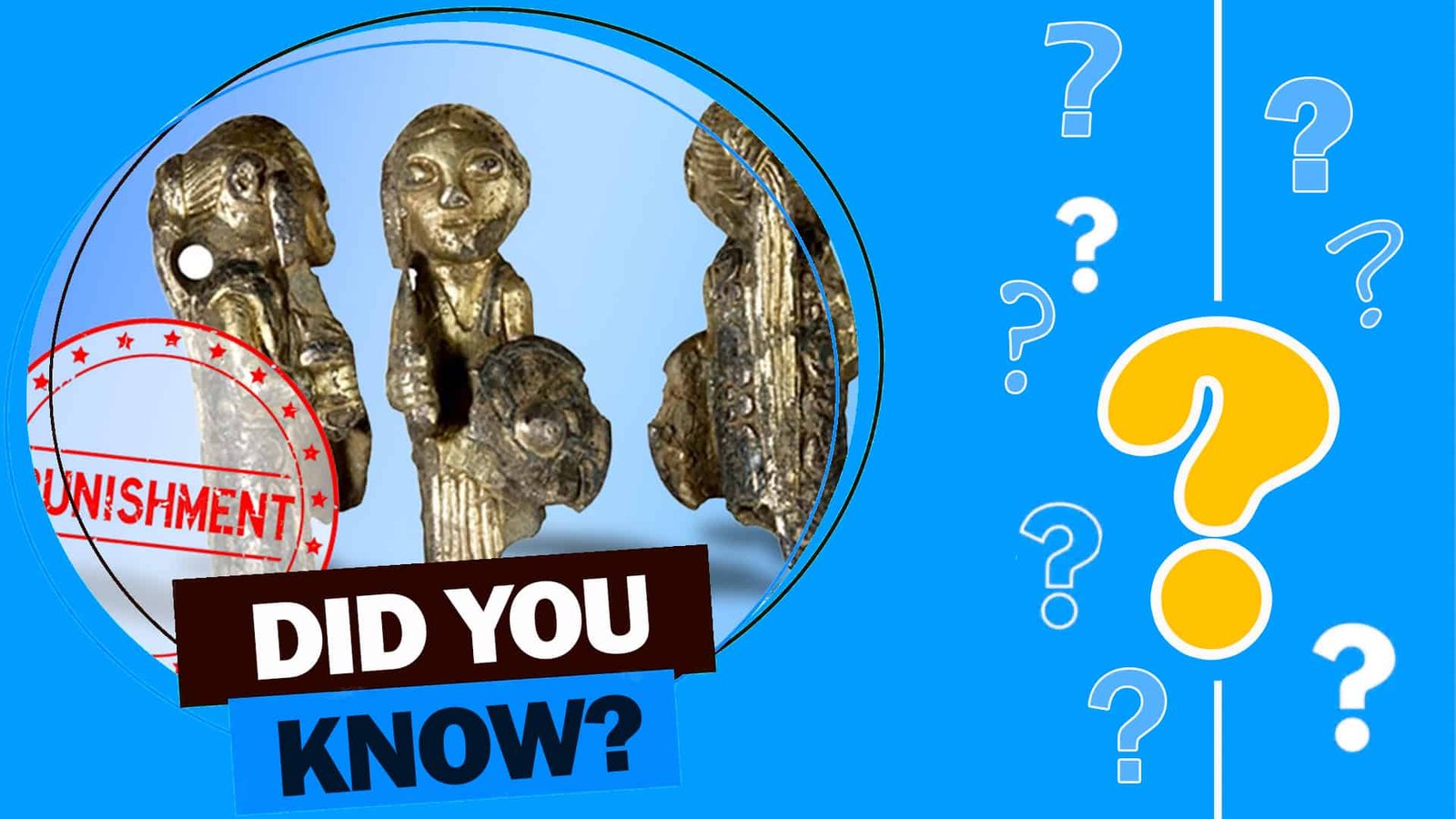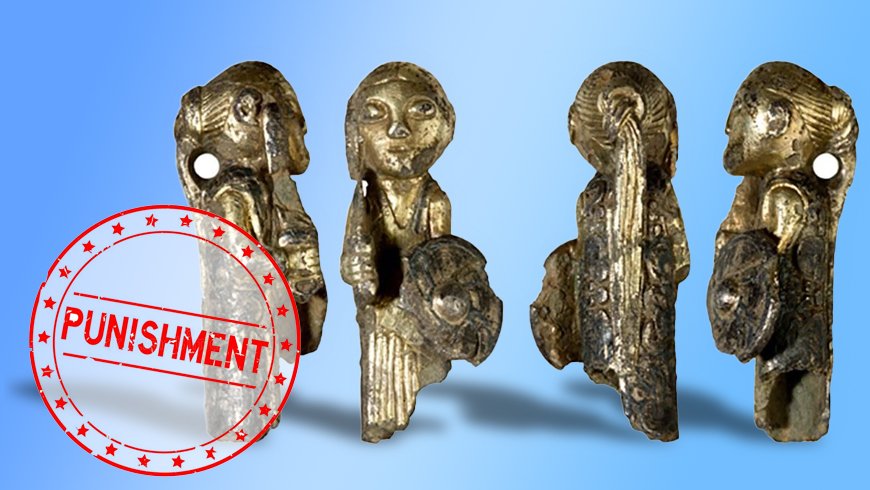King James I banned - Historical Facts 5
King James I banned long
During the Tudor dynasty in England (1485-1603), long hair was fashionable among men and was often styled in elaborate and ornate fashion. However, King James I, who ruled England from 1603 to 1625, took a strong stance against this trend and banned long hair. He saw it as a sign of vanity and extravagance and believed it was an unacceptable distraction from the serious business of ruling the kingdom.
Men who disobeyed the ban on long hair faced severe consequences, including fines and imprisonment. The ban was strictly enforced, and those who chose to wear their hair in a long style were seen as rebels and outcasts.
Despite the ban, some men continued to wear their hair long in secret, and the trend for long hair continued to flourish in some quarters. However, for the most part, the ban on long hair during the Tudor dynasty served as a reminder of the strict societal norms and expectations of the time.
The ban on long hair during the Tudor dynasty serves as an example of how political and cultural attitudes can influence the way that men wear their hair. It also highlights the tension between personal expression and societal norms, and the ways in which political power can be used to control and shape fashion trends.



















